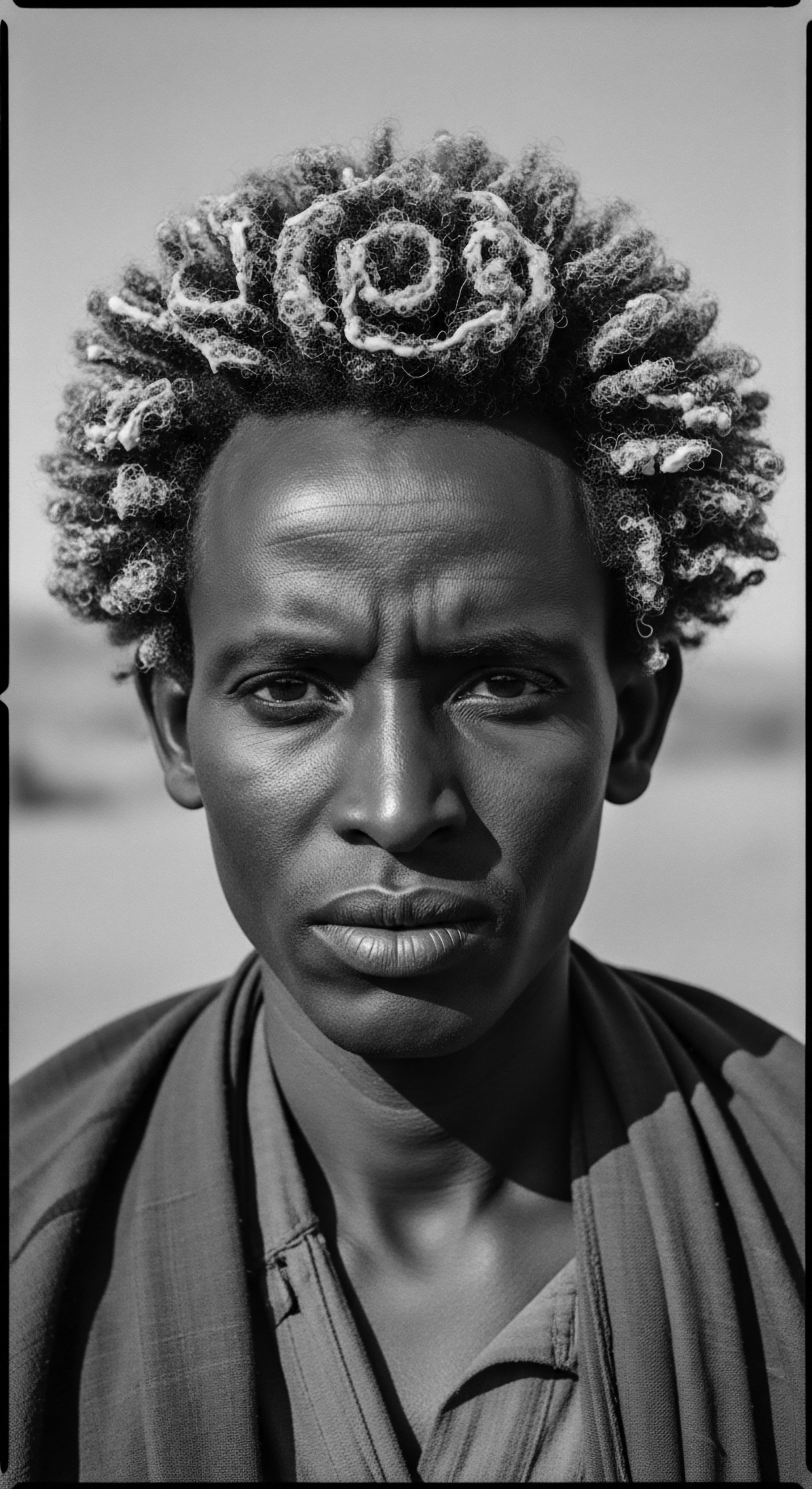
Roots
For those who carry the lineage of textured hair, whether a vibrant coil, a resilient kink, or a flowing curl, the quest for profound hydration is not merely a modern pursuit; it is an echo of ancient wisdom, a continuation of practices whispered across generations. Our strands, with their unique architecture, speak a language of thirst, a call for nourishment that has been answered by the earth’s bountiful offerings since time immemorial. The oils of antiquity, far from simple emollients, represent a heritage of intuitive care, a testament to ancestral understanding of what our hair truly requires to thrive. This exploration is an invitation to listen to those echoes, to witness how the very structure of our hair guided our forebears to botanical allies, and how their insights continue to illuminate our path toward radiant, well-tended tresses today.
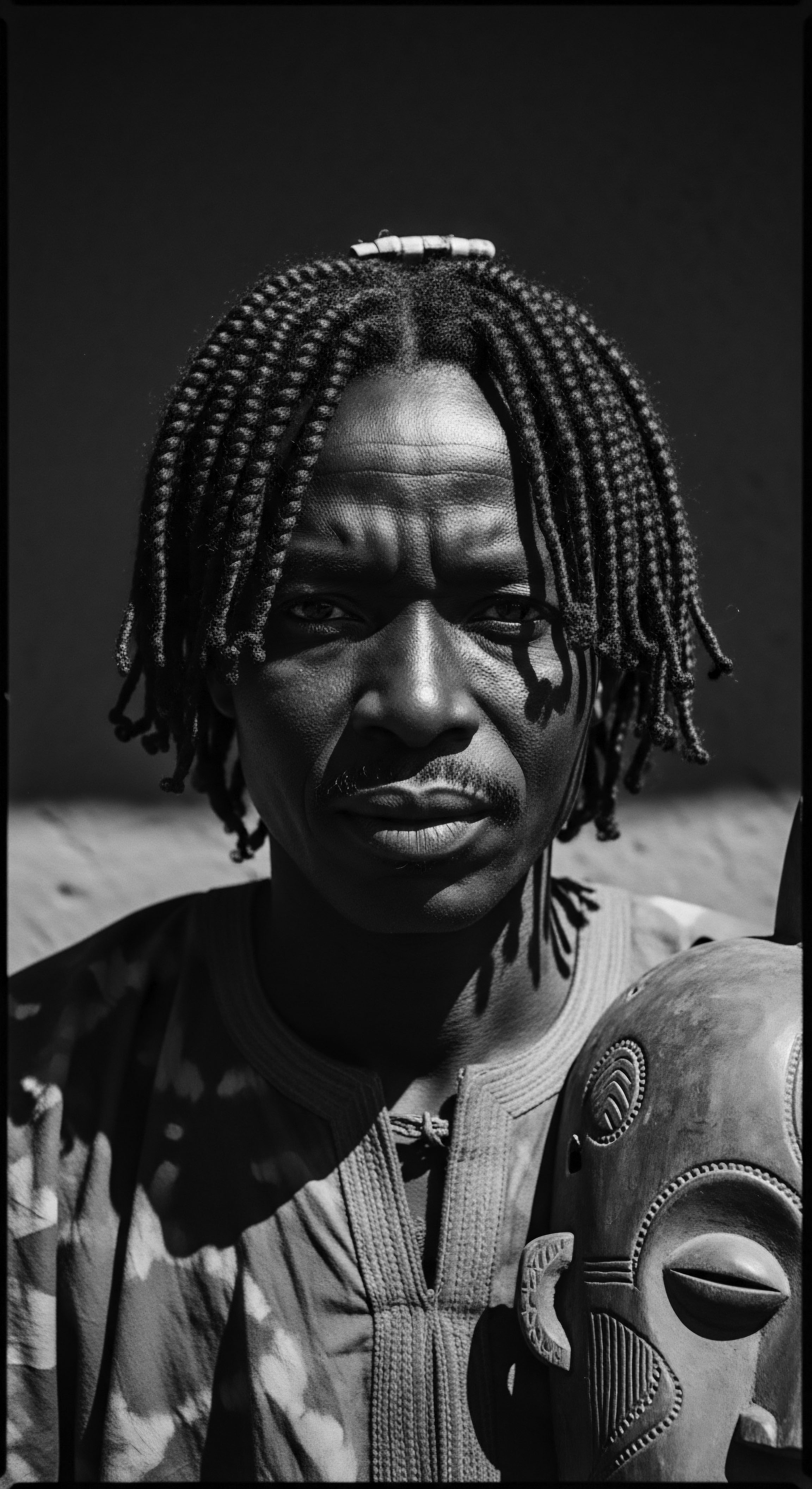
The Architecture of Thirst
The intricate helix of textured hair, with its distinct twists and turns, possesses a remarkable beauty. Yet, this very structure, a marvel of natural design, presents unique challenges to moisture retention. Unlike straighter hair types where natural sebum can easily travel down the shaft, the journey of these protective oils along a coiled strand is often interrupted.
This anatomical reality means that textured hair, by its very design, tends toward dryness, a condition our ancestors observed and sought to remedy through keen observation of their natural surroundings. Their solutions were not accidental; they were born from a deep, symbiotic relationship with the land and its botanical treasures.
The cuticle, the outermost layer of the hair shaft, functions like a protective armor. In textured hair, these cuticular scales can be more raised or less uniformly laid, creating pathways for moisture to escape. This characteristic porosity, a natural aspect of our hair’s identity, demands external intervention to seal and preserve hydration. The ancient oils, with their varied molecular compositions, served precisely this purpose, forming a gentle barrier that held precious water within the hair shaft, shielding it from the drying elements of sun, wind, and arid climates.
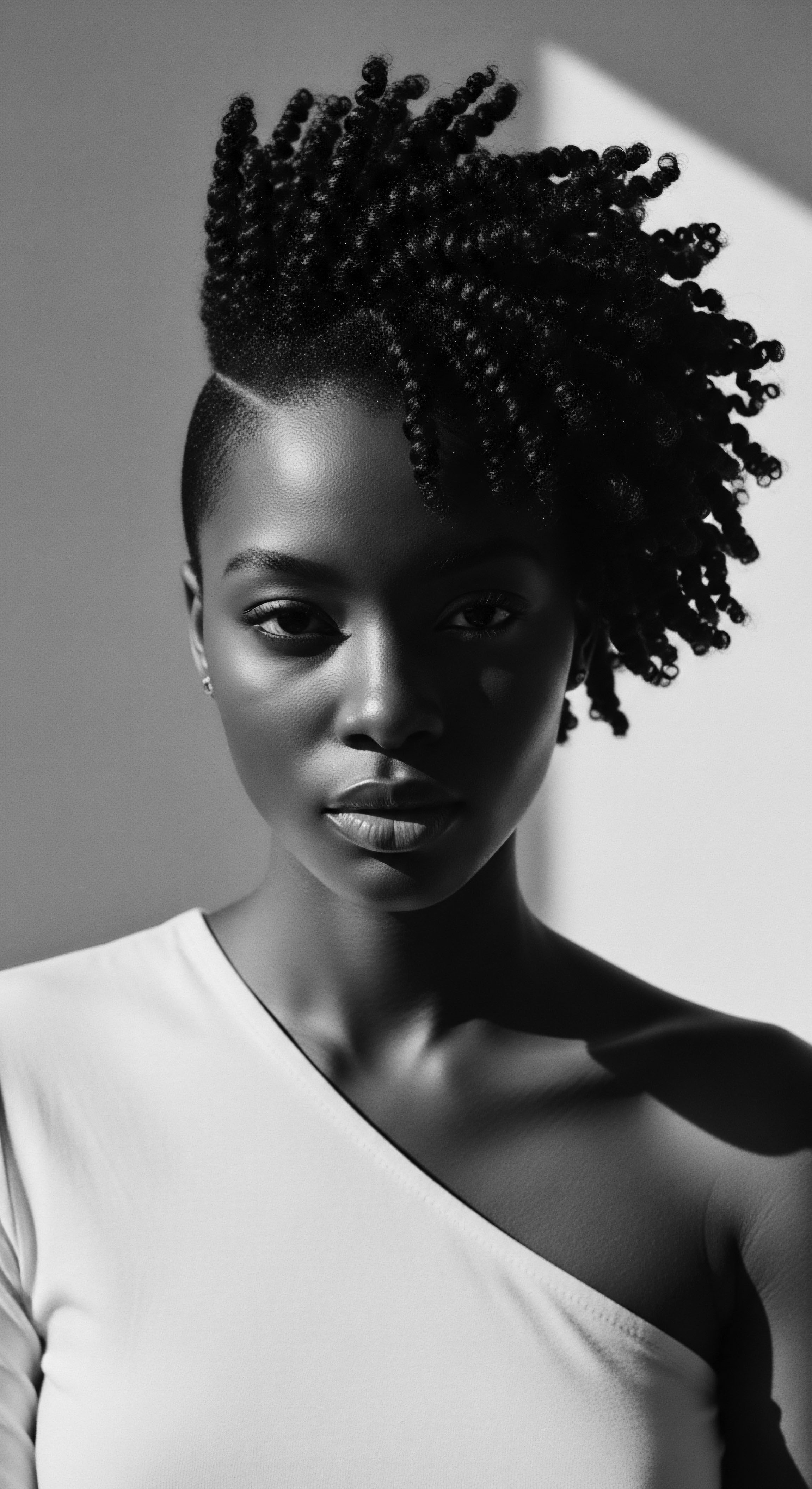
Ancestral Understanding of Hair’s Needs
Long before microscopes revealed the nuances of the hair shaft, our ancestors possessed an intuitive, observational science of hair care. They understood the relationship between the climate, their diet, and the health of their hair. They recognized that hair, like the skin, needed protection and sustenance. The choice of certain plant oils was not arbitrary; it was the culmination of generations of trial, error, and shared wisdom, passed down through oral traditions and communal rituals.
These oils were selected for their tangible effects ❉ their ability to soften, to bring a sheen, to reduce breakage, and to soothe the scalp. They were seen as allies in maintaining not just physical beauty, but also spiritual and communal well-being.
Ancient oils represent a legacy of intuitive care, a testament to ancestral understanding of what our hair truly requires to thrive.
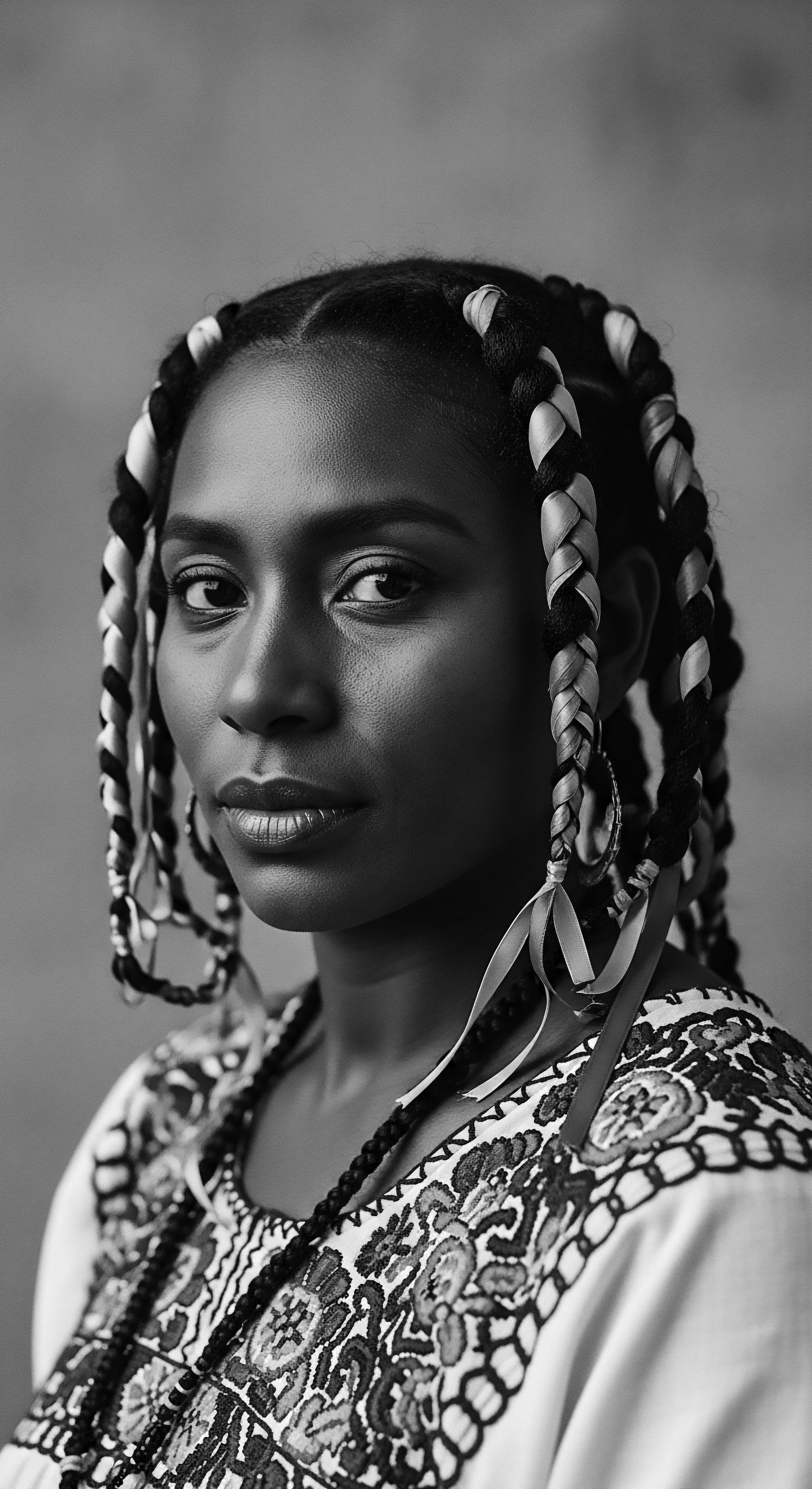
What Ancient Oils Best Hydrate Textured Hair’s Heritage?
The answer to which ancient oils best hydrate textured hair is deeply intertwined with geographical bounty and cultural exchange. Across continents, different societies discovered and utilized the oils readily available to them, each offering a unique profile of benefits. From the shea trees of West Africa to the olive groves of the Mediterranean, and the coconut palms of tropical coasts, a diverse palette of natural emollients emerged as staples in hair care. These were not just ingredients; they were cultural artifacts, their harvest and preparation often communal activities, binding communities through shared practices of beautification and wellness.
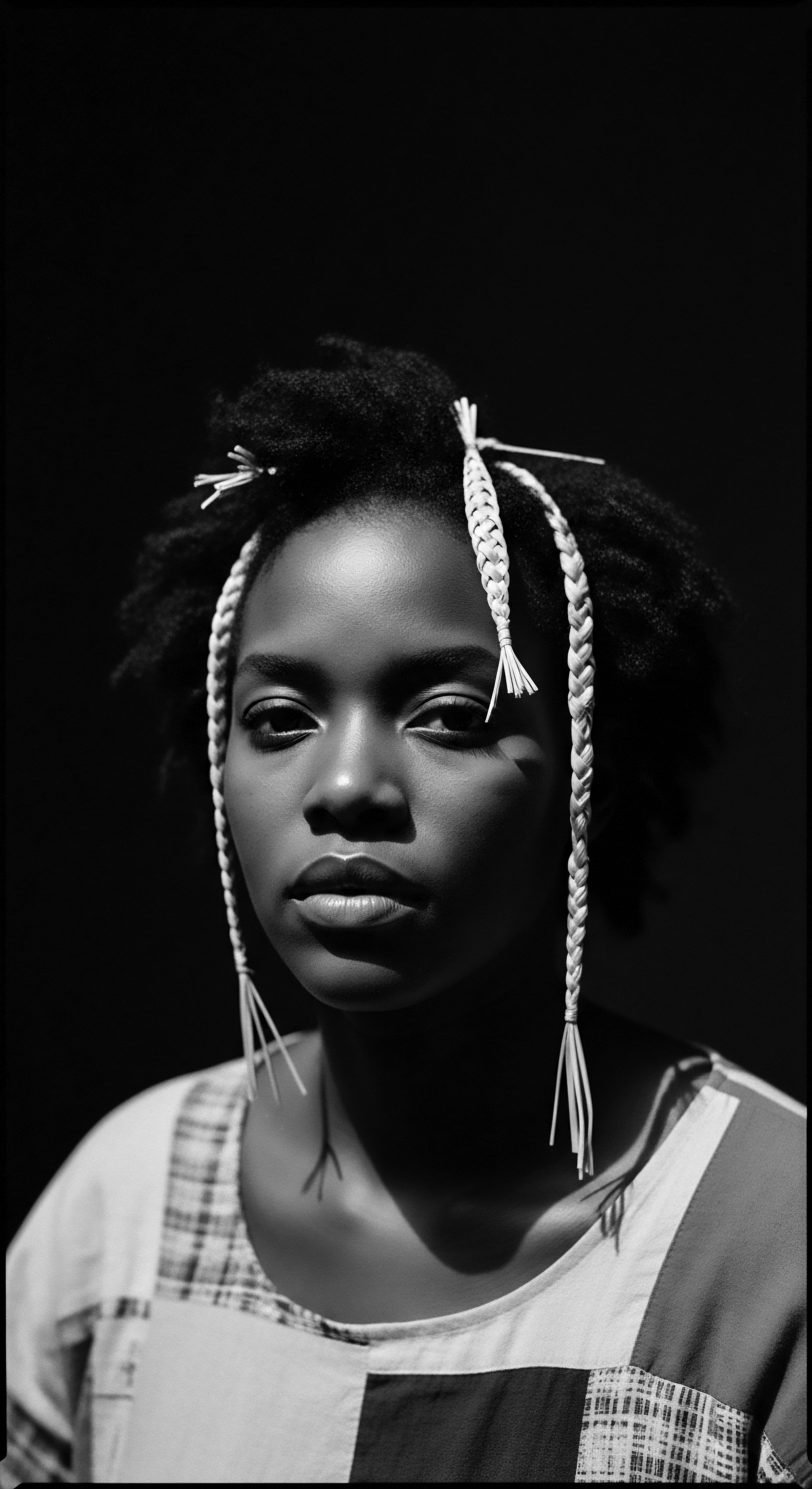
Shea Butter from West Africa
One of the most potent and historically significant hydrators for textured hair is undoubtedly Shea Butter. Originating from the nuts of the African karité tree (Vitellaria paradoxa), its use dates back millennia. Archaeological evidence suggests its presence in ancient Egyptian funerary rites, hinting at its revered status. For countless generations across West Africa, shea butter has been more than a cosmetic; it has been an economic bedrock for women, a medicinal balm, and a cornerstone of communal care rituals.
Its rich concentration of fatty acids, particularly oleic and stearic acids, alongside vitamins A and E, grants it unparalleled emollient properties. It seals moisture within the hair shaft, provides a protective layer against environmental stressors, and helps to reduce frizz and breakage. The process of extracting shea butter, often a collective effort involving women of all ages, reinforces its cultural significance, making it a tangible link to ancestral practices of self-care and community resilience (Akihisa et al. 2010).
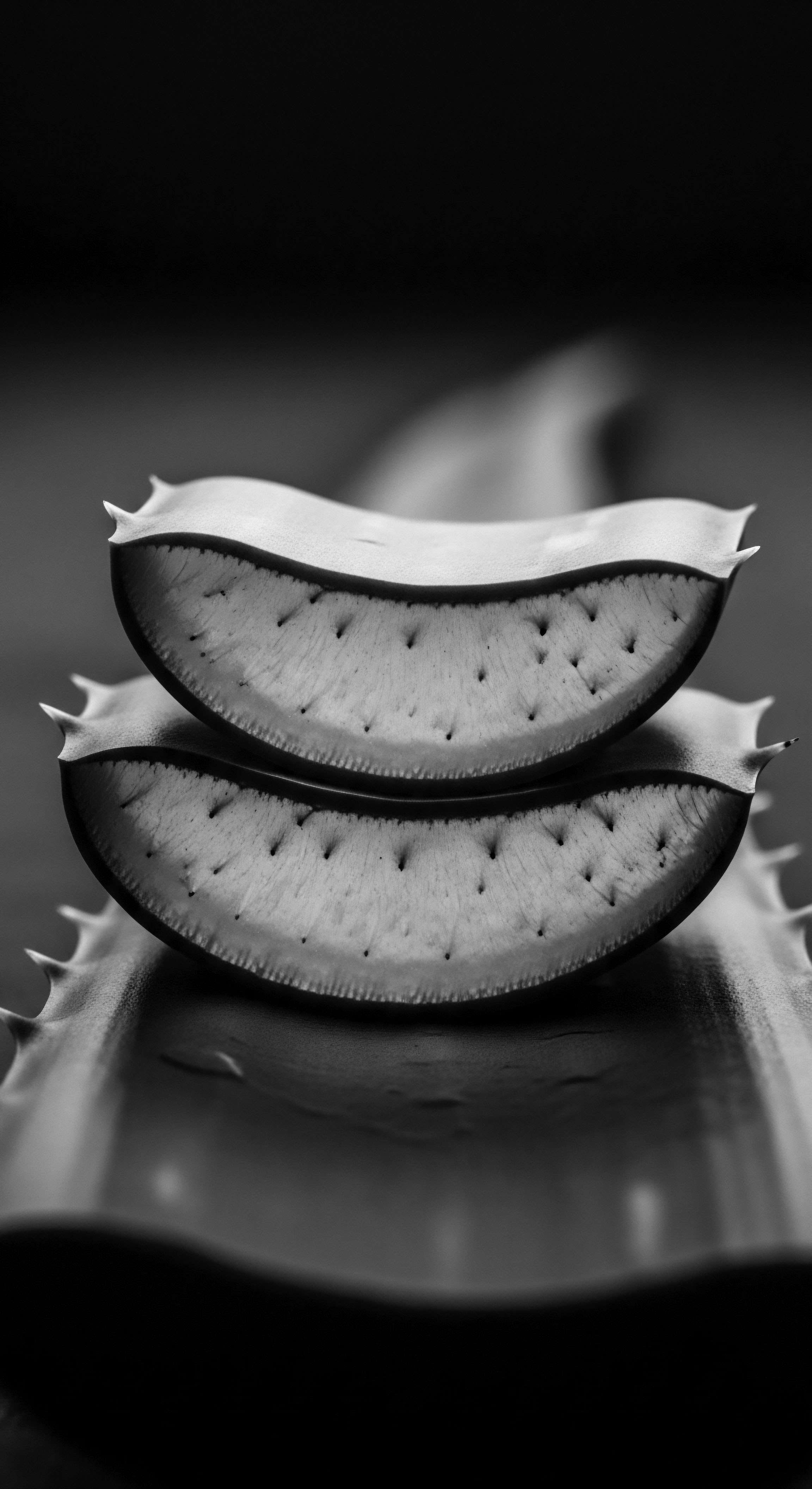
Olive Oil from the Mediterranean
From the sun-drenched landscapes of the Mediterranean, Olive Oil stands as another venerable ally for textured hair. Revered in ancient Greece, Rome, and Egypt, this golden liquid was used not only for cooking but also extensively for skin and hair anointing. Its history is replete with references to its use in religious ceremonies, athletic preparations, and daily beauty regimens.
Rich in monounsaturated fatty acids, particularly oleic acid, olive oil penetrates the hair shaft to provide deep conditioning, while also forming a protective barrier that reduces water loss. Its presence in the hair care traditions of diverse communities, from North Africa to the Middle East, speaks to its enduring efficacy and accessibility.
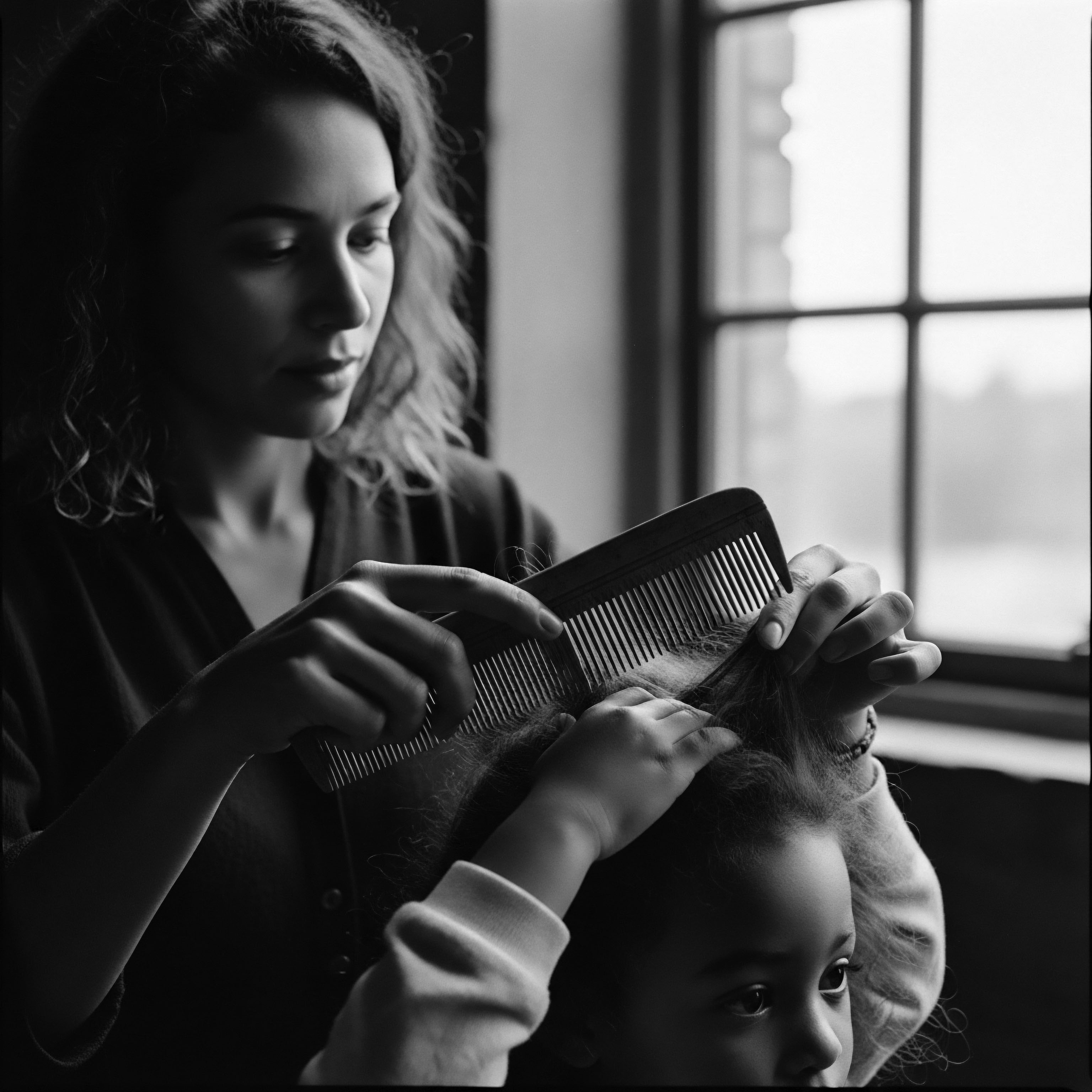
Coconut Oil from Tropical Coasts
Across the tropical belts of Asia, Africa, and the Pacific Islands, the coconut palm, often called the “tree of life,” offered its nourishing bounty in the form of Coconut Oil. This versatile oil has been a staple in traditional hair care for thousands of years, lauded for its ability to condition and strengthen strands. Uniquely rich in lauric acid, a medium-chain fatty acid, coconut oil has a low molecular weight, allowing it to penetrate the hair shaft more readily than many other oils.
This deep penetration helps to reduce protein loss, a common concern for textured hair, and provides substantial hydration from within. Its pervasive use in the ancestral beauty rituals of coastal communities underscores its enduring legacy as a hair hydrator.
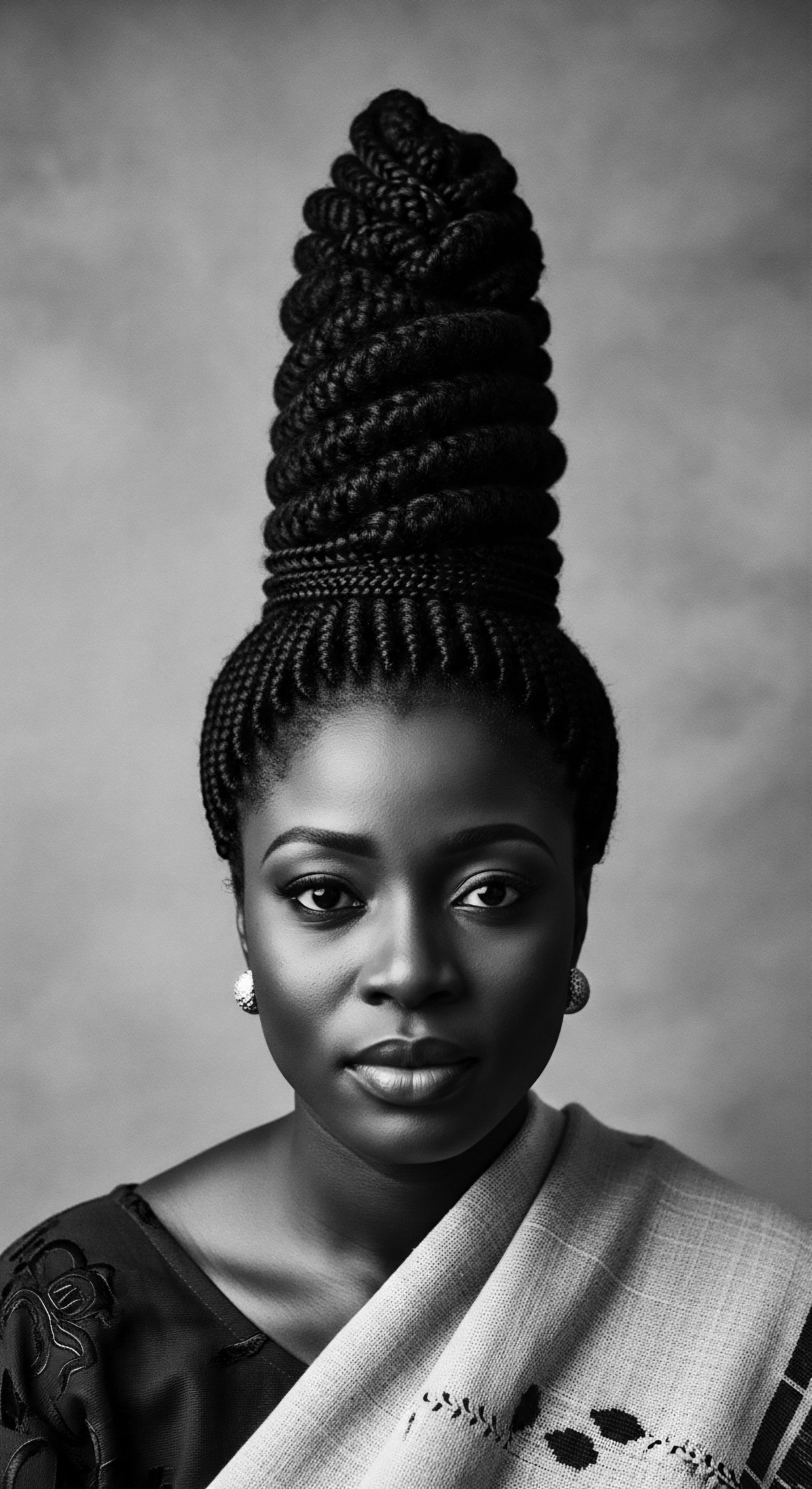
Castor Oil from Africa and the Caribbean
The potent Castor Oil, derived from the castor bean plant (Ricinus communis), holds a significant place in the hair care heritage of African and Caribbean communities. Its use traces back to ancient Egypt, where it was utilized for various medicinal and cosmetic purposes. In many diasporic traditions, particularly within Black communities, castor oil has been passed down as a powerful remedy for promoting hair growth, strengthening strands, and addressing scalp concerns. Its unique viscosity and high concentration of ricinoleic acid, a hydroxyl fatty acid, make it a distinct emollient.
It forms a protective coating on the hair, sealing in moisture and creating a dense, conditioning layer. This heavy oil has been traditionally massaged into the scalp to stimulate circulation and nourish follicles, reflecting a holistic approach to hair health that extends beyond just the visible strand.
The journey of understanding which ancient oils best hydrate textured hair begins with acknowledging the inherent wisdom of those who came before us. Their choices, informed by observation and necessity, laid the groundwork for modern hair care, reminding us that the most profound solutions often lie within the natural world, waiting to be rediscovered through the lens of our shared heritage.

Ritual
Stepping from the foundational understanding of our hair’s intrinsic thirst, we now enter the realm of applied wisdom ❉ the ritual. The practices surrounding hair care, far from mere routines, have always been sacred acts, reflections of communal identity, and expressions of self-worth. For textured hair, these rituals were, and remain, acts of reverence—a tender communion with our strands that transcended simple cleansing and conditioning. The ancient oils, once recognized for their inherent hydrating power, found their true purpose within these structured moments of care, transforming a basic need into a profound connection to our heritage.
The evolution of hair care practices, particularly for textured hair, is a rich narrative of adaptation and resilience. From the elaborate coiffures of ancient African kingdoms to the intricate braiding patterns that served as maps of lineage and status, oils were indispensable. They were the lubricants for intricate finger work, the conditioners for lasting styles, and the protective balms against the elements. This section explores how these ancient oils became central to the artistry and science of textured hair styling, influencing both technique and transformation across generations.
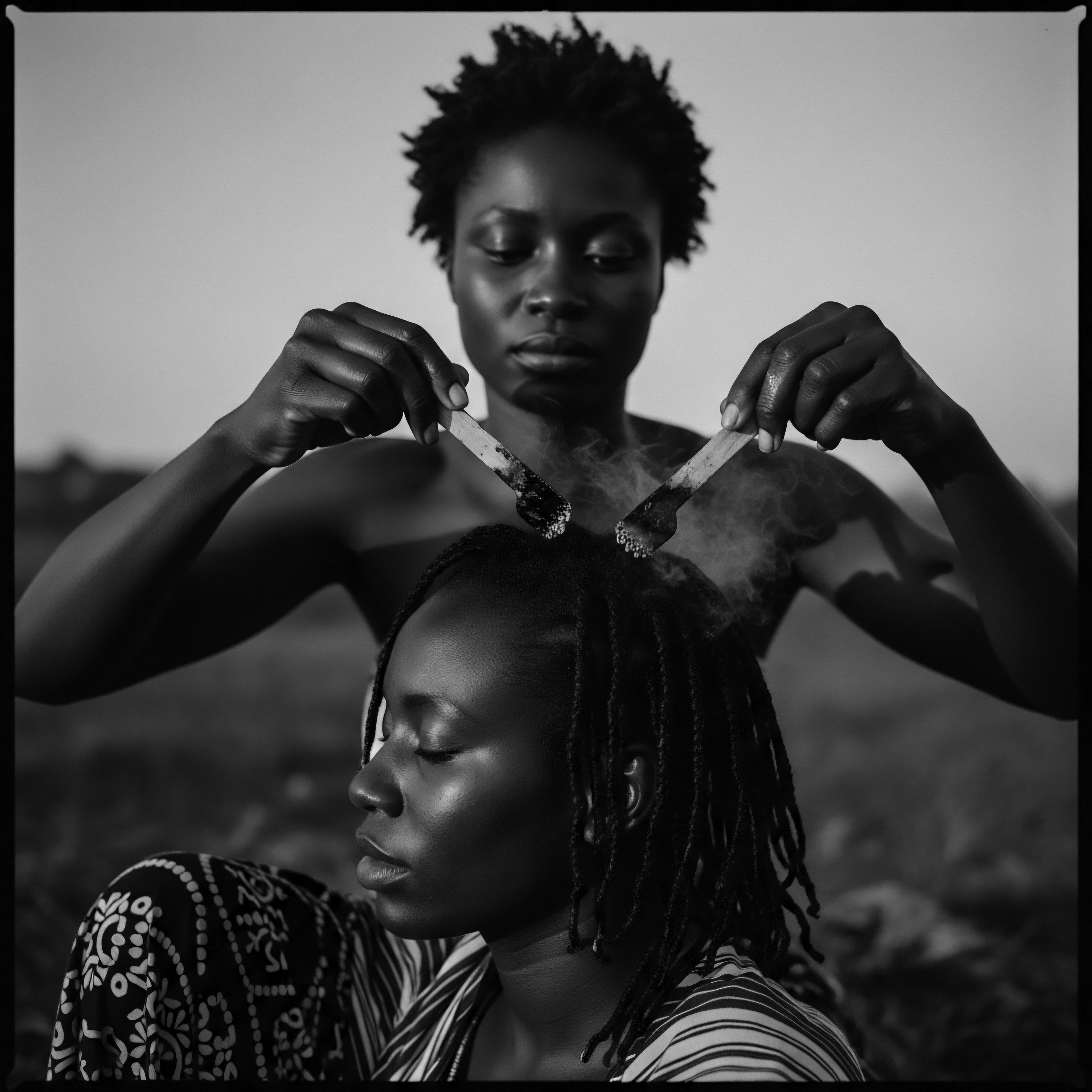
Oils in Protective Styling Heritage
Protective styling, a cornerstone of textured hair care, finds its roots deep within ancestral practices. Styles like braids, twists, and cornrows were not solely aesthetic; they served a crucial function in safeguarding the hair from environmental damage, reducing manipulation, and promoting length retention. Ancient oils played a pivotal role in these practices. Before braiding or twisting, hair was often saturated with oils to provide slip, making the hair more pliable and less prone to breakage during styling.
After styling, oils were applied to the scalp and along the lengths to maintain moisture, add sheen, and soothe any tension. This holistic approach ensured that the protective style itself was a vehicle for sustained nourishment.
- Pre-Braiding Preparation ❉ Oils such as shea butter or olive oil were warmed and massaged into sections of hair, detangling and softening each strand before the intricate work of braiding began. This facilitated easier manipulation and minimized friction.
- Scalp Soothing during Wear ❉ During the lifespan of a protective style, oils like castor oil were applied to the scalp to alleviate dryness, reduce itchiness, and support a healthy follicular environment.
- Sealant for Finished Styles ❉ A final application of oil would often seal the cuticle, adding a lustrous finish and acting as a barrier against moisture loss from the finished style.
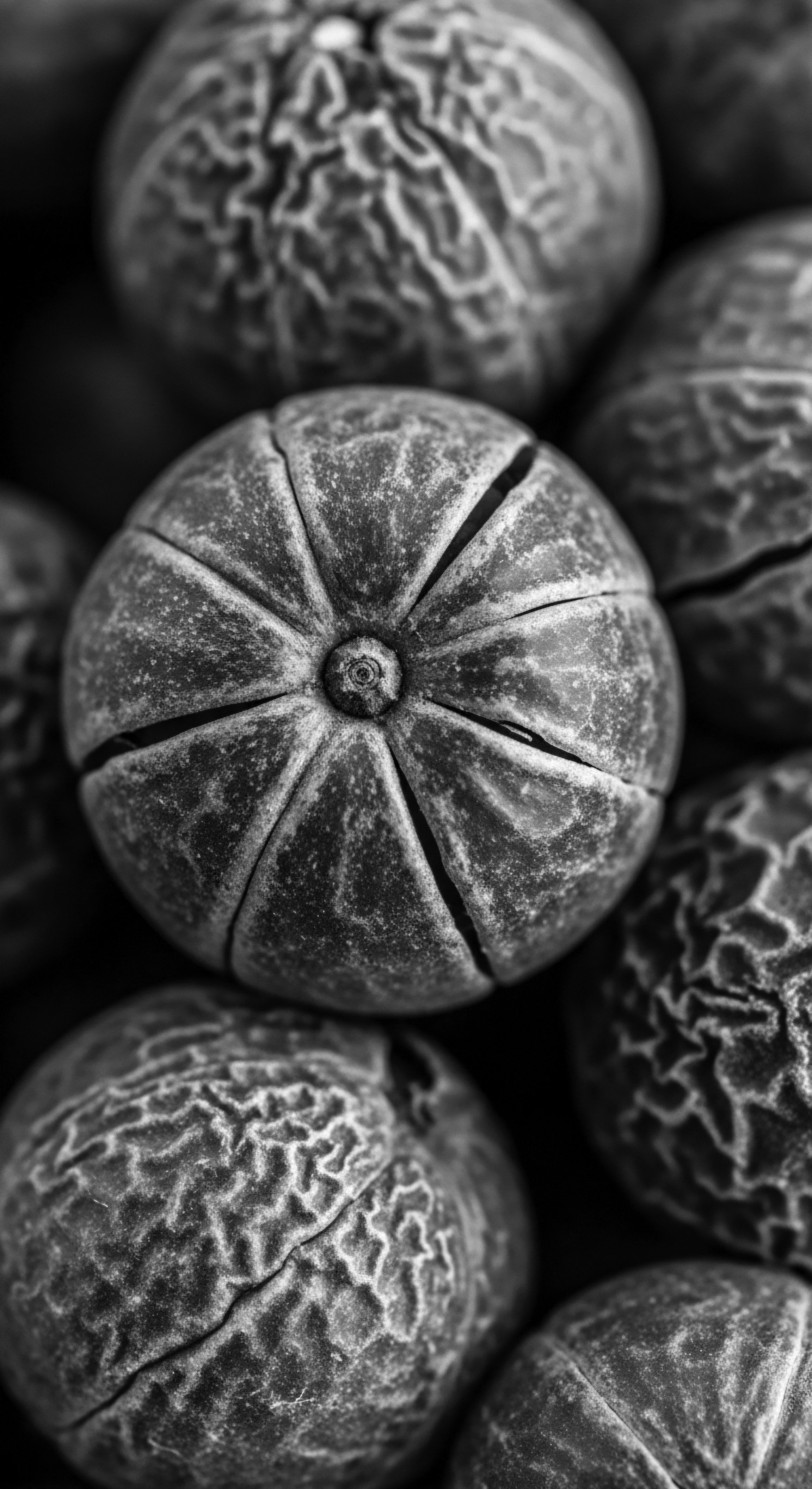
Traditional Methods of Oil Application
The application of ancient oils was often a tactile, communal experience, particularly for women and children. It was not a rushed affair but a deliberate ritual, often performed by elders or skilled practitioners. The warmth of hands, the gentle massage, and the shared space transformed the act of oiling into a moment of connection and intergenerational teaching. This hands-on approach ensured even distribution and allowed for the oils to be worked deeply into the hair and scalp.
The application of ancient oils was often a tactile, communal experience, a deliberate ritual that transformed a basic need into a profound connection to heritage.
In many African and diasporic communities, hair care was a collective endeavor. Women would gather, braiding and oiling each other’s hair, sharing stories and wisdom. This communal aspect imbued the oils with a social significance beyond their physical properties.
They became agents of bonding, symbols of care, and conduits for transmitting cultural knowledge. The specific techniques of application, such as finger-combing oils through sections or warming them gently before use, were honed over centuries, reflecting an intuitive understanding of how to best deliver their hydrating benefits.
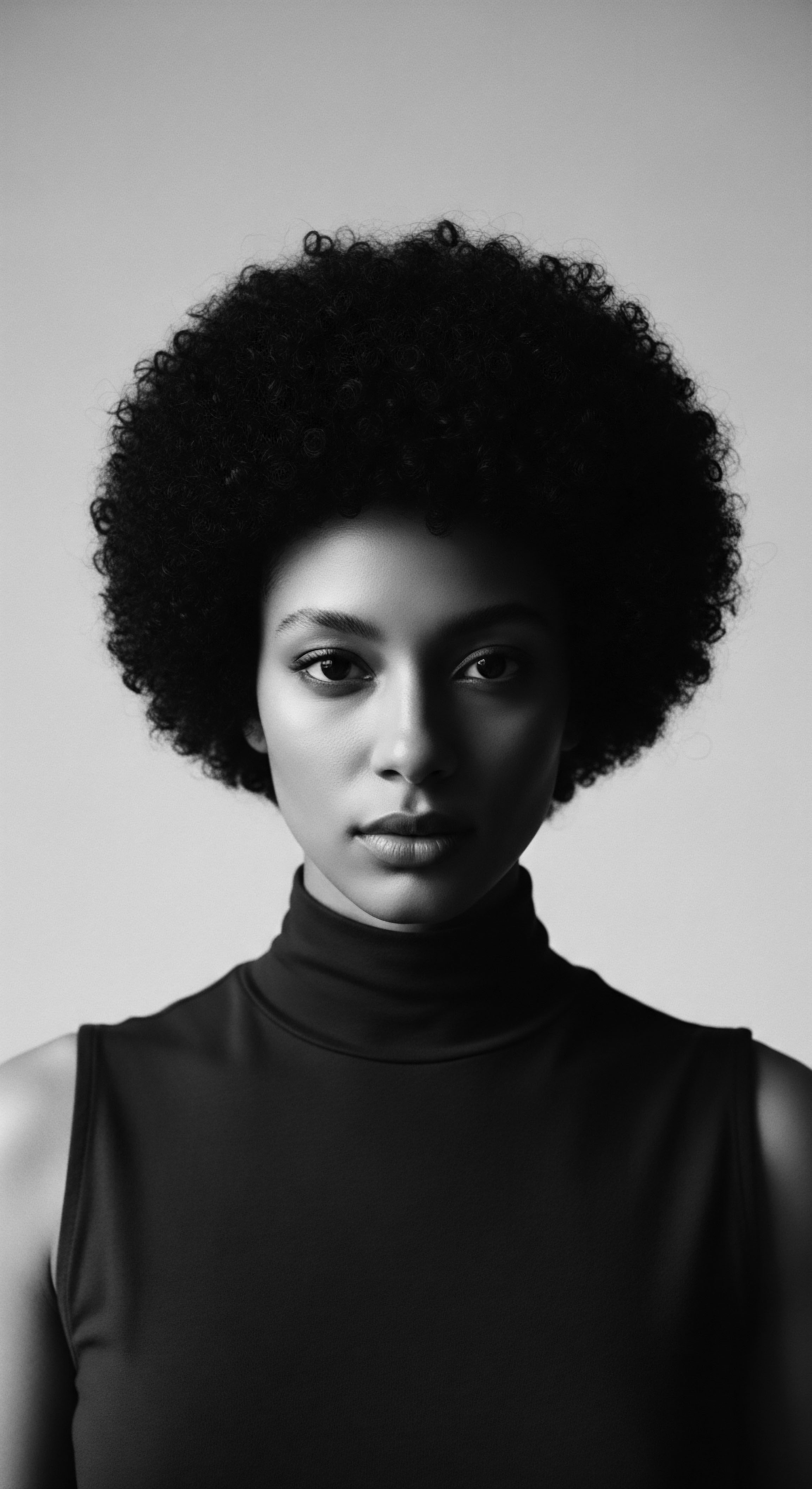
How Did Ancient Oils Influence Styling Techniques and Tools?
The very presence of hydrating oils shaped the development of styling techniques and the tools used. The slip provided by oils allowed for tighter, more intricate braids and twists without causing undue tension or breakage. Tools, often crafted from natural materials like wood or bone, were designed to work in concert with these emollients. Wide-toothed combs, for instance, could glide through oil-saturated hair with less resistance, aiding in detangling and distribution.
| Ancient Oil Shea Butter |
| Traditional Styling Application Pre-styling softener for braiding/twisting; post-style sealant. |
| Impact on Hair Texture/Style Increased pliability, reduced frizz, enhanced shine, lasting moisture. |
| Ancient Oil Olive Oil |
| Traditional Styling Application Deep conditioning treatments; scalp massages; detangling aid. |
| Impact on Hair Texture/Style Softened strands, added weight and drape, reduced breakage during manipulation. |
| Ancient Oil Coconut Oil |
| Traditional Styling Application Overnight conditioning; pre-shampoo treatment; sealant for styles. |
| Impact on Hair Texture/Style Strengthened hair from within, reduced protein loss, provided tropical scent. |
| Ancient Oil Castor Oil |
| Traditional Styling Application Scalp treatments for growth; heavy sealant for edges and ends. |
| Impact on Hair Texture/Style Promoted thicker appearance, aided in edge control, provided intense moisture lock. |
| Ancient Oil These oils were not merely products; they were integral to the ancestral artistry of textured hair care, shaping both the process and the outcome of styling. |
The enduring legacy of these ancient oils in styling is visible today. Many contemporary protective styles and natural hair definition techniques still rely on the principles of moisture retention and slip that these oils provide. The ancestral blueprint for styling, which prioritized hair health and longevity through the judicious use of natural emollients, continues to guide our choices, bridging the chasm between past wisdom and present practice.
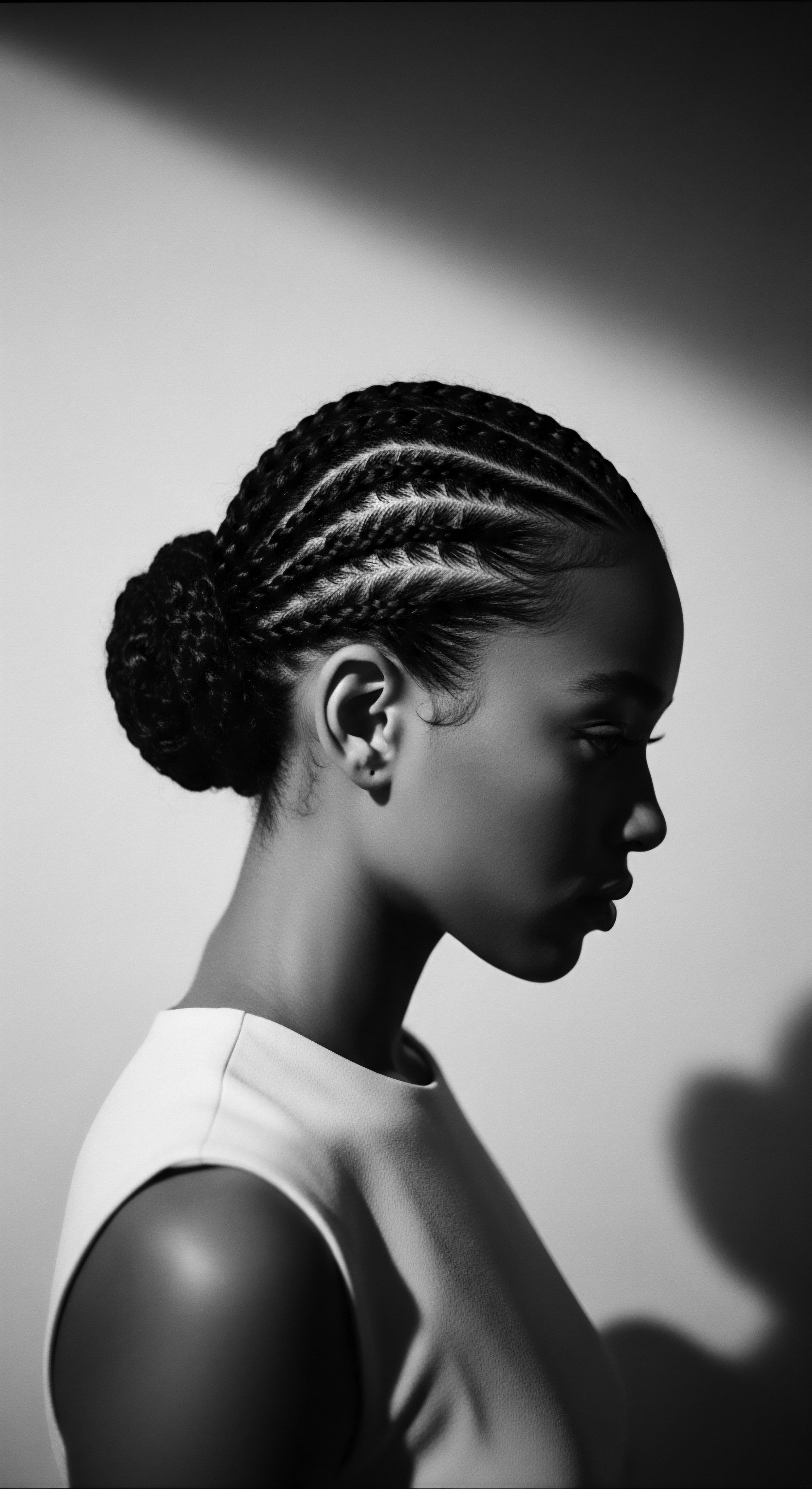
Relay
Having journeyed through the foundational understanding of textured hair and the rituals that sustained its vibrancy, we now arrive at the relay—the profound transmission of knowledge that transcends generations, linking the elemental biology of our strands to the expansive narratives of identity and future possibilities. How does the ancient wisdom concerning which oils best hydrate textured hair resonate with contemporary scientific understanding, and what profound insights does this convergence offer for our communal and individual hair journeys? This final exploration invites us to witness the intricate dance between ancestral observation and modern scientific validation, revealing how the very essence of heritage continues to shape our perception and care of textured hair.
The interplay of biological necessity, cultural expression, and scientific inquiry forms a complex yet harmonious whole when considering the deep history of textured hair care. It is here that we move beyond simple application to a more theoretical, interconnected perspective, drawing from diverse fields to fully grasp the enduring significance of ancient oils. Their role extends beyond mere hydration; they are carriers of memory, symbols of resilience, and agents of self-determination.
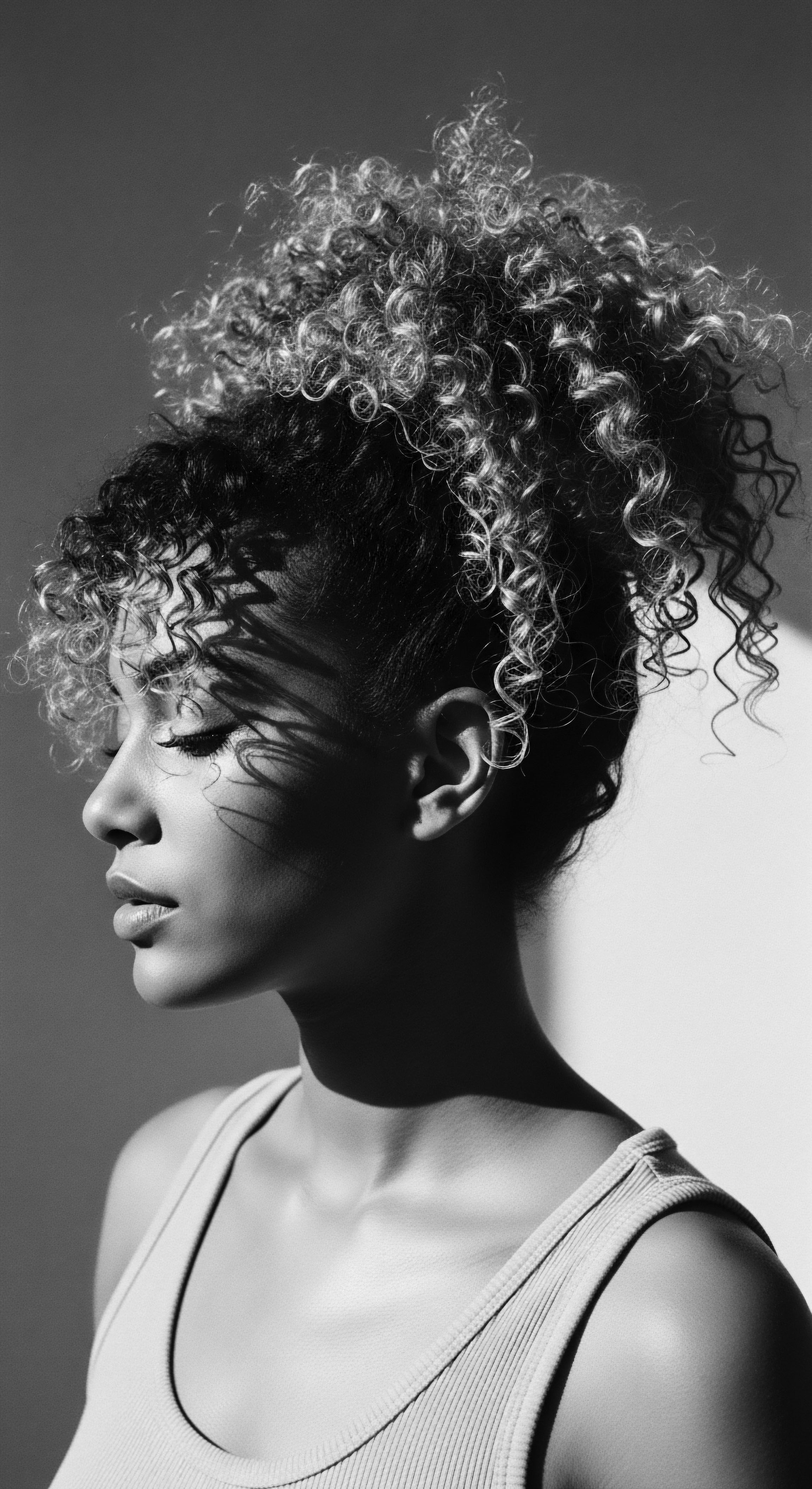
The Science Echoing Ancestral Wisdom
The efficacy of ancient oils in hydrating textured hair, once understood through empirical observation, now finds validation in the realm of modern lipid chemistry and trichology. These oils are complex mixtures of fatty acids, vitamins, and antioxidants, each contributing to their conditioning and protective properties. The particular molecular structure of certain oils allows them to penetrate the hair shaft, providing internal lubrication, while others sit on the surface, creating an occlusive barrier that prevents moisture evaporation. Ancestral practices, refined over centuries, intuitively matched oil properties to hair needs.
- Fatty Acid Profiles ❉ Oils like coconut oil, rich in lauric acid, possess a smaller molecular structure, enabling them to pass through the cuticle and penetrate the cortex, reducing protein loss. Oleic acid, prominent in olive and shea butter, offers conditioning properties by coating the hair shaft, improving elasticity and softness.
- Occlusive Properties ❉ Heavier oils such as castor oil or shea butter create a substantial film on the hair surface, effectively sealing in moisture and protecting against environmental aggressors. This external shield is particularly beneficial for high-porosity textured hair.
- Anti-Inflammatory Components ❉ Many ancient oils contain compounds that soothe the scalp, addressing conditions like dryness or irritation that can hinder healthy hair growth. This holistic benefit was recognized by traditional healers long before modern dermatological studies.

Which Ancient Oils Best Hydrate Textured Hair for Identity?
The choice of oils for textured hair is not merely a functional decision; it is often an act laden with cultural meaning, a quiet declaration of identity and connection to heritage. In many Black and mixed-race communities, the use of specific oils, particularly those with deep historical roots like shea butter or castor oil, links individuals to a continuum of care that spans generations and continents. These oils become tangible symbols of ancestral resilience, a means of preserving and celebrating distinct beauty traditions in a world that has often sought to diminish them.
The choice of oils for textured hair is often an act laden with cultural meaning, a quiet declaration of identity and connection to heritage.
Consider the cultural phenomenon of “greasing the scalp” with castor oil in many Afro-Caribbean and African American households. This practice, often passed down from grandmothers to mothers to daughters, goes beyond mere hydration. It is a ritual of bonding, a transfer of knowledge, and an affirmation of self-acceptance within one’s natural hair identity.
The very scent of the oil can evoke memories of childhood, of loving hands, and of a shared heritage of care. This deep, almost spiritual connection to the oils elevates them beyond their chemical composition, placing them at the heart of personal and communal narratives.
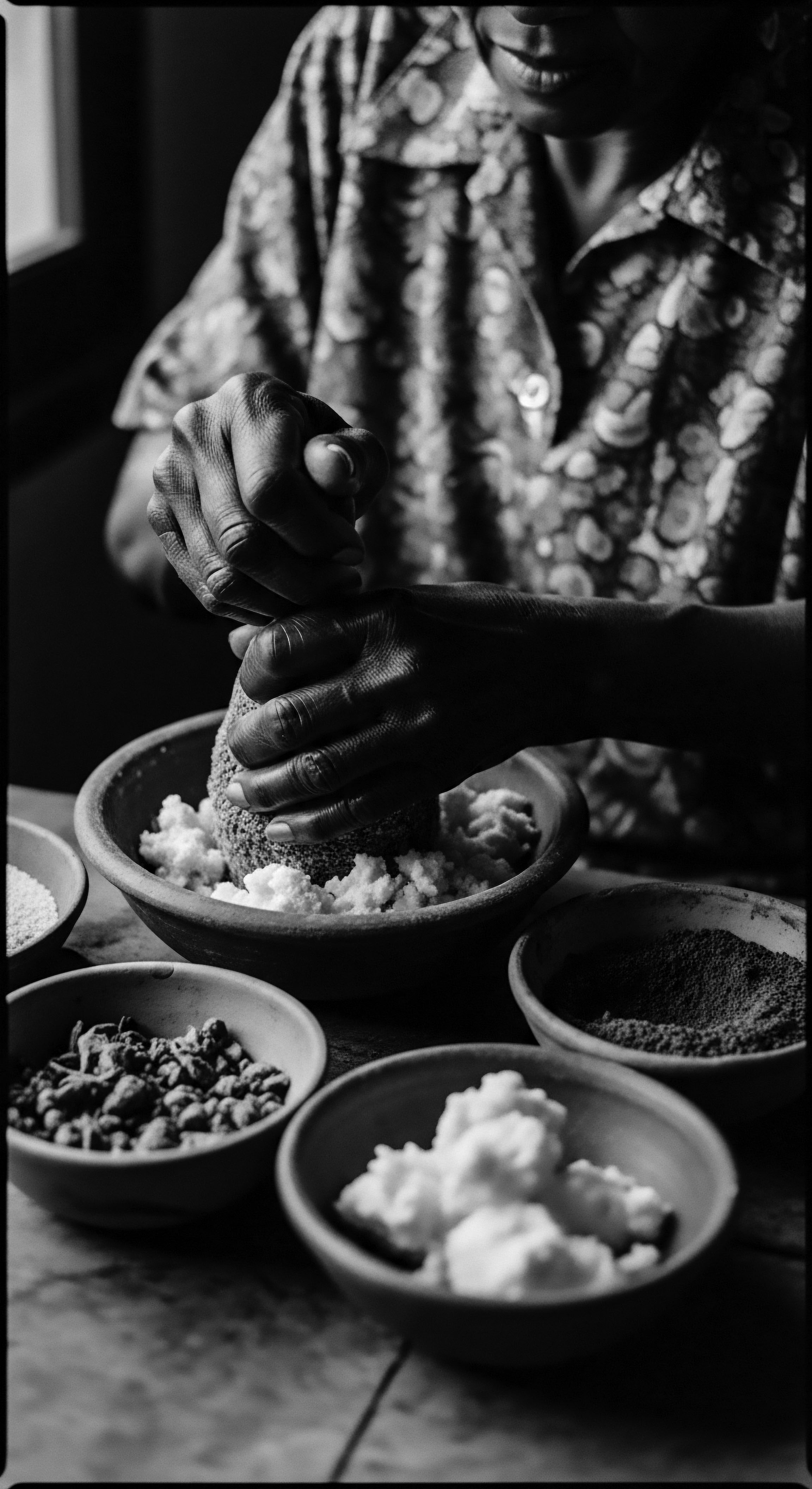
The Interplay of Environment and Ancestral Practice
The selection and application of ancient oils were also profoundly shaped by the environmental conditions of ancestral homelands. In arid climates, oils with strong occlusive properties were favored to combat extreme dryness. In humid environments, lighter oils might have been used to prevent excessive product buildup while still providing conditioning.
This adaptability, this nuanced understanding of how local botanicals could address specific hair needs within a given climate, speaks to the sophisticated empirical knowledge cultivated by our forebears. It is a testament to their keen observation of nature and their ability to craft effective solutions from what was readily available.
| Ancient Oil Shea Butter |
| Dominant Fatty Acid Oleic, Stearic Acids |
| Hydration Mechanism (Scientific) Forms occlusive barrier, rich in unsaponifiables for emollience. |
| Ancestral Observation/Cultural Link West African staple for skin/hair protection in harsh climates; economic backbone. |
| Ancient Oil Olive Oil |
| Dominant Fatty Acid Oleic Acid |
| Hydration Mechanism (Scientific) Penetrates hair shaft for conditioning; forms light protective film. |
| Ancestral Observation/Cultural Link Mediterranean/Middle Eastern anointing oil; symbol of purity and strength. |
| Ancient Oil Coconut Oil |
| Dominant Fatty Acid Lauric Acid |
| Hydration Mechanism (Scientific) Low molecular weight allows deep penetration, reduces protein loss. |
| Ancestral Observation/Cultural Link Tropical "tree of life"; traditional pre-shampoo and growth aid. |
| Ancient Oil Castor Oil |
| Dominant Fatty Acid Ricinoleic Acid |
| Hydration Mechanism (Scientific) Highly viscous, creates strong occlusive layer, anti-inflammatory. |
| Ancestral Observation/Cultural Link African/Caribbean growth stimulant; essential for scalp health and dense hair. |
| Ancient Oil The ancient wisdom regarding these oils' hydrating power for textured hair is consistently validated by modern scientific understanding, bridging millennia of inherited knowledge. |
The relay of this knowledge continues, not as a static historical artifact, but as a living, breathing tradition. Each time we reach for an ancient oil, we participate in this continuum, honoring the ingenuity of those who first discovered their properties and recognizing the profound legacy they left behind. The journey of textured hair care, from the earliest observations to the most advanced scientific insights, remains deeply rooted in the enduring power of these botanical allies.
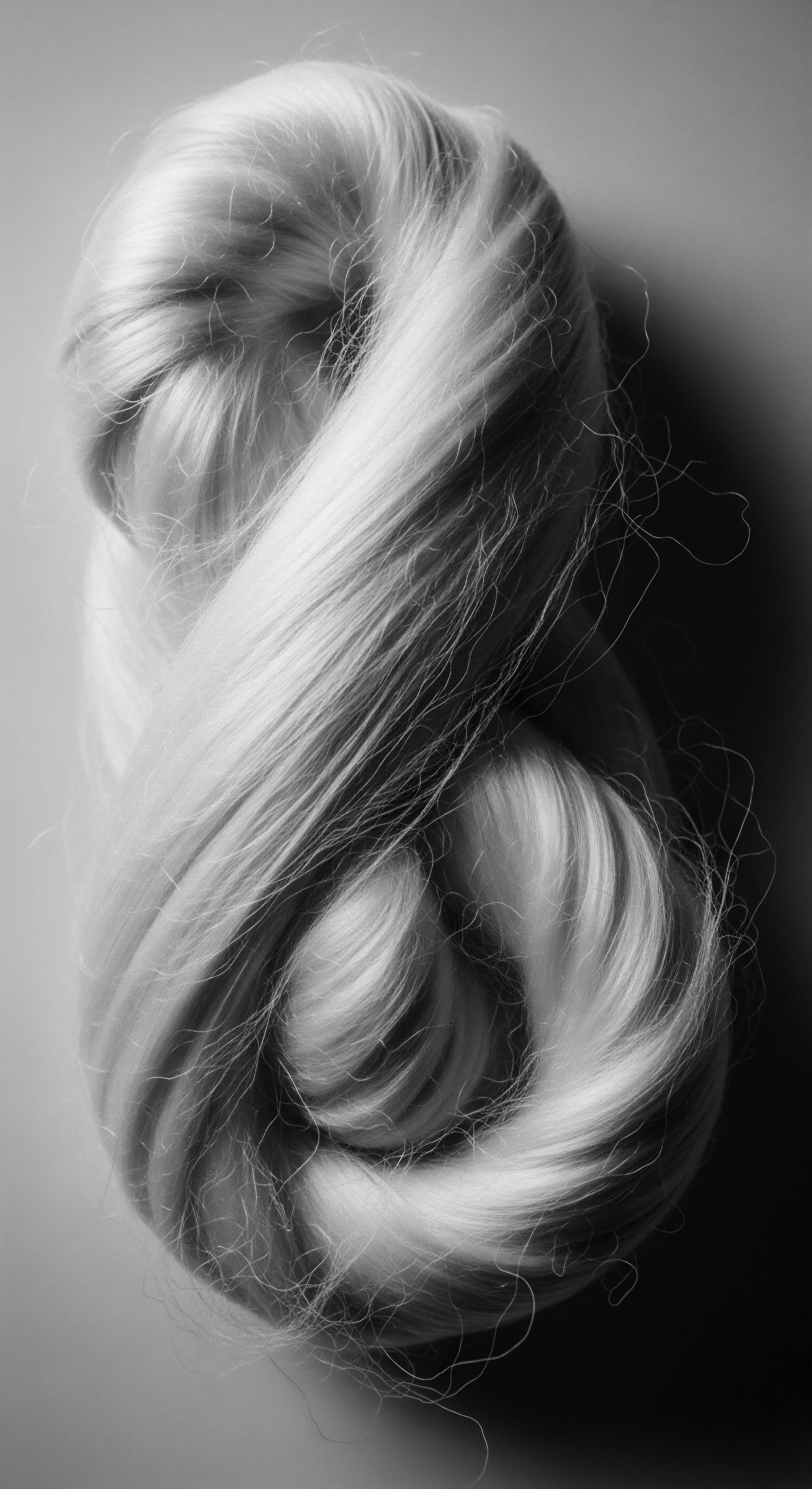
Reflection
As we conclude this exploration of ancient oils and their profound connection to textured hair heritage, we are left with a resonant understanding ❉ the care of our strands is a living archive, a continuous narrative of resilience, beauty, and ancestral wisdom. The “Soul of a Strand” ethos invites us to perceive each coil and kink not merely as a biological structure, but as a vessel carrying the echoes of generations, a testament to enduring ingenuity. The ancient oils, once humble gifts from the earth, now stand as luminous beacons, guiding our hands and informing our choices.
They remind us that the deepest forms of nourishment often stem from the oldest practices, those forged in harmony with nature and refined through the collective experience of communities. This journey through heritage affirms that the quest for hydrated, thriving textured hair is a timeless one, forever linking us to the profound legacies that shape who we are, strand by beautiful strand.
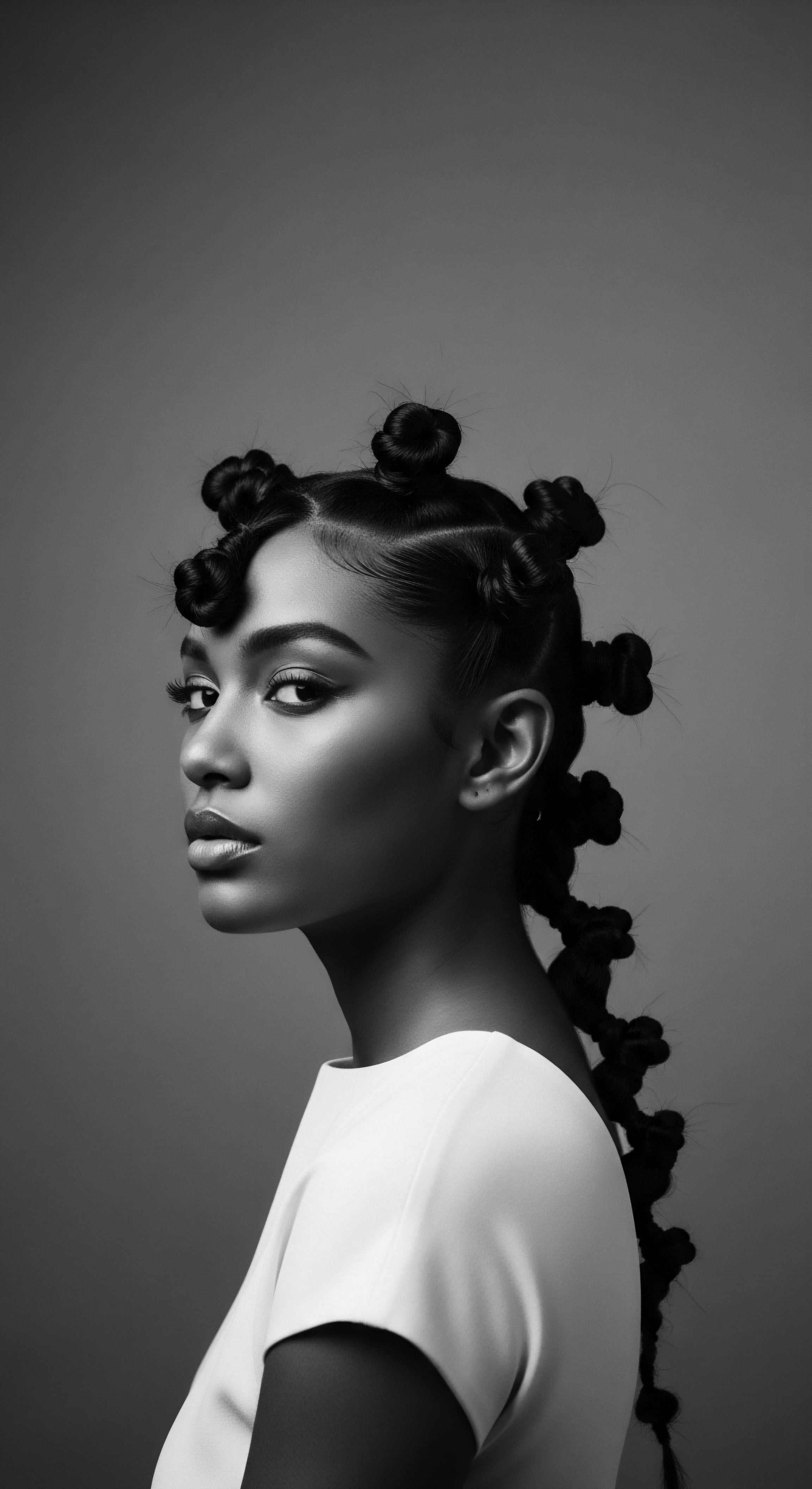
References
- Akihisa, T. Kojima, N. Kikuchi, T. Yasukawa, K. Tokuda, H. T. Matsumoto, S. T. (2010). Anti-inflammatory and Chemopreventive Effects of Triterpene Esters from Shea Butter. Journal of Oleo Science, 59(10), 577-584.
- Dweck, A. C. (2007). The Use of Oils in Haircare ❉ An Overview. International Journal of Cosmetic Science, 29(3), 195-202.
- Gore, M. (2014). African American Hair and its Ancestral Legacy. Black Women’s Health & Beauty, 10(2), 45-58.
- Kanti, P. (2010). Hair Oils ❉ Traditional and Modern Approaches. Journal of Traditional and Complementary Medicine, 1(1), 1-8.
- Mills, A. (2012). Ethnobotany of West African Plants in Traditional Beauty Practices. Cultural Botany Review, 5(1), 22-35.
- Opoku, R. (2015). The Karité Tree and its Socio-Economic Impact in West Africa. African Studies Quarterly, 15(3), 1-18.
- Randhawa, M. A. & Asad, M. (2011). Hair and Scalp Treatments ❉ A Review of Traditional and Herbal Remedies. Journal of Herbal Medicine, 1(1), 1-10.
- Robbins, C. R. (2012). Chemical and Physical Behavior of Human Hair. Springer.
- Wade, A. (2013). Hair Story ❉ Untangling the Roots of Black Hair in America. St. Martin’s Press.
